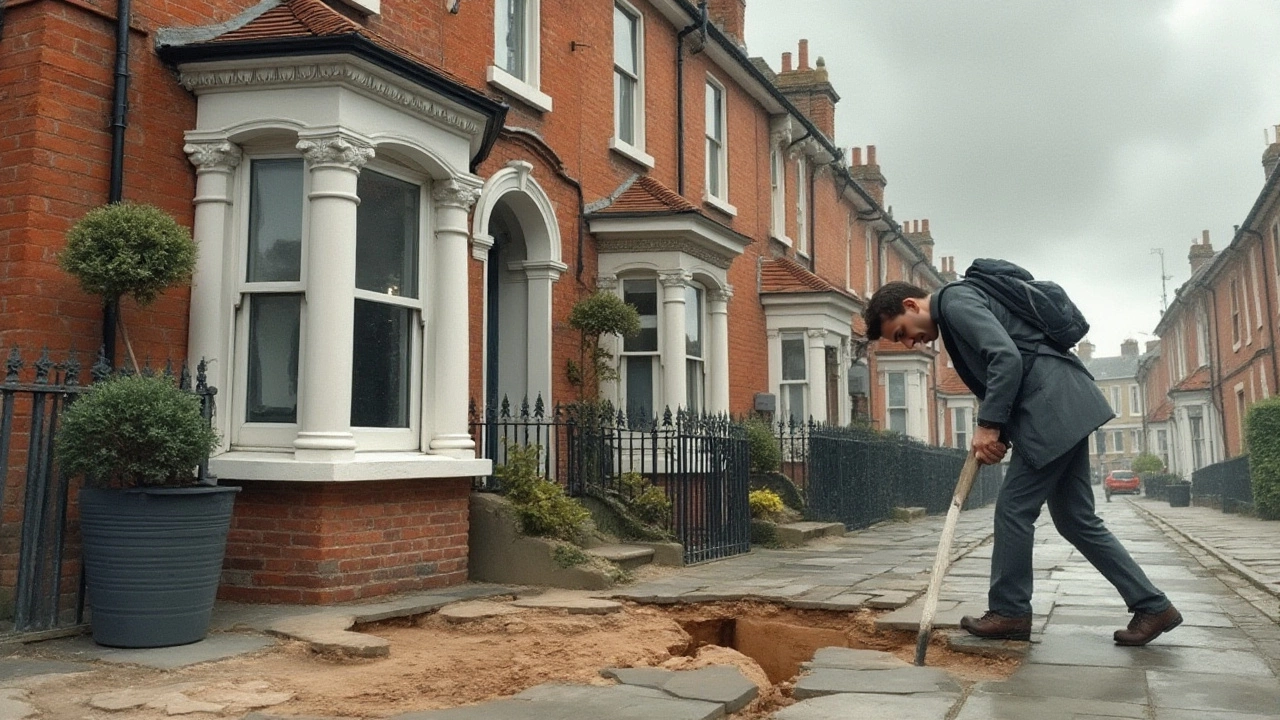Building Insurance: What Every Homeowner and Builder Should Know
If you own a house, a new build, or manage a construction site, you’ve probably heard the term “building insurance”. It’s not just paperwork – it’s the safety net that protects your investment when something goes wrong. From storm damage to a contractor’s mistake, the right policy can keep you from spending a fortune on repairs.
Most people think insurance only covers fire or theft, but modern building insurance goes far beyond that. It can cover structural damage, accidental water leaks, and even the cost of hiring a professional to fix the problem. Knowing what’s on the table helps you avoid surprise gaps when a claim is filed.
Common Types of Building Insurance
There are three core types you’ll run into:
- Homeowner’s building cover: This protects the physical structure of your house – walls, roof, windows, and built‑in fixtures. It usually includes damage from fire, flood, storm, and accidental impact.
- Construction all‑risk insurance: Used by builders, it covers the building works from the ground up, paying for loss or damage to materials, plant, and the partially completed structure.
- Commercial property insurance: For business premises, it covers the building, any attached structures, and sometimes the contents needed for the business to operate.
Each policy has its own exclusions, so reading the fine print matters. For instance, many policies won’t pay for damage caused by poor workmanship unless you add a separate clause.
How to Pick the Right Policy
Start by listing the risks most likely to affect your property. If you live in a flood‑prone area, make sure flood cover is included. If you’re renovating, ask whether the policy covers the site while work is in progress.
Next, compare the sum insured with the rebuild cost, not the market value. Rebuilding a damaged house can be much more expensive than selling it, so a higher sum ensures you can actually restore the structure.
Don’t forget to check the excess amount – the part you pay out of pocket on each claim. A lower excess can make your premium higher, but it saves money when a claim happens.
Finally, look at the insurer’s claim handling reputation. Fast, transparent service means less hassle when you need the money most.
Quick tip: bundle building insurance with your contents or liability cover. Insurers often give a discount for combined policies, and you get a single point of contact for all claims.
In the end, building insurance is about peace of mind. It protects the money you’ve put into walls, roofs, and foundations, and it helps you get back on your feet if disaster strikes. Take a few minutes to audit your current cover, talk to a trusted broker, and make sure you’re not leaving any big gaps.
Remember, the cheapest policy isn’t always the best. Focus on coverage that matches your specific risks, a realistic sum insured, and a claims process that works for you. With the right building insurance, you can sleep easier knowing your property is covered.

